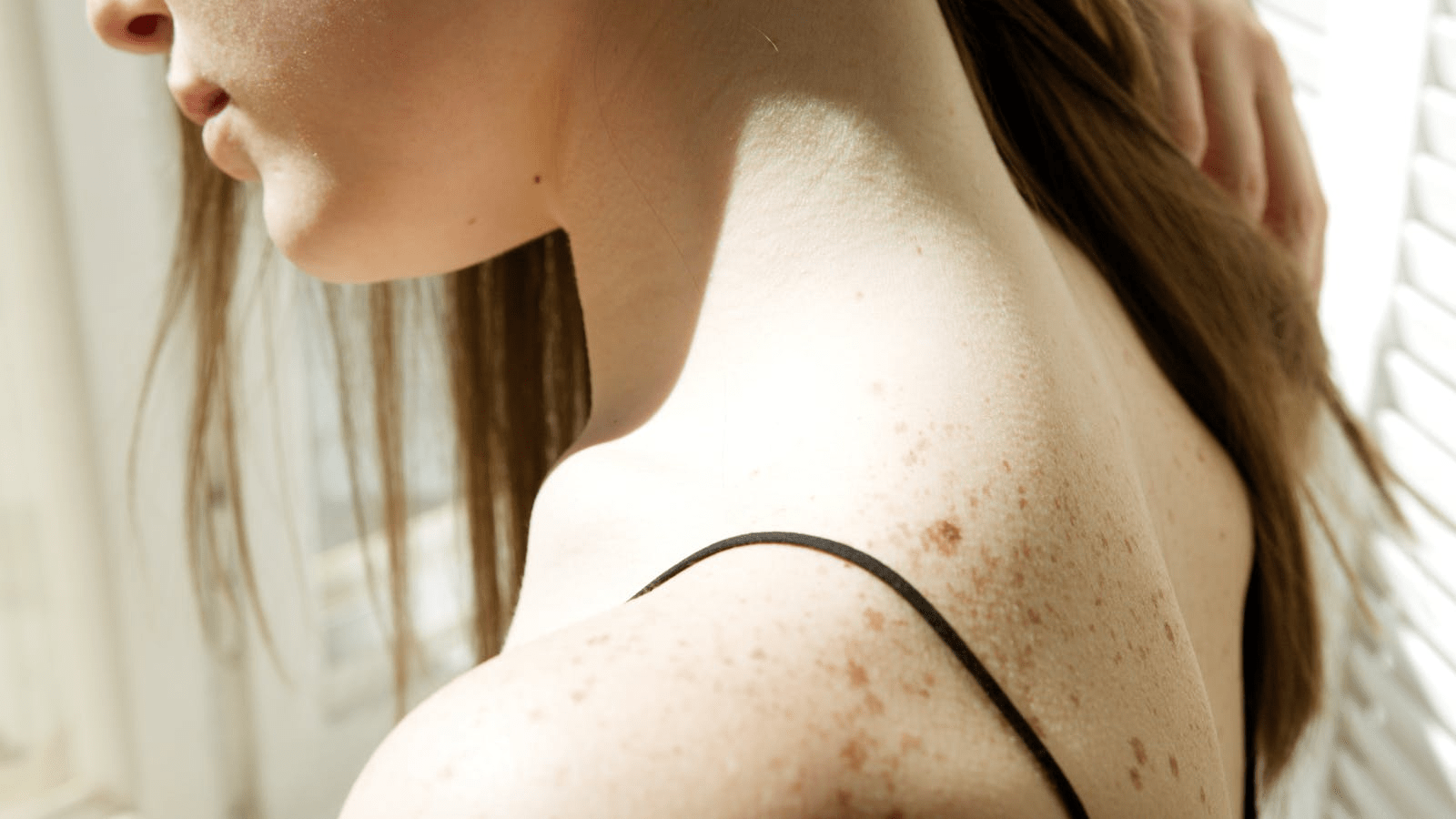
Early morning sunlight has a different wavelength so it can help in repigmentation with vitiligo organics
How Does Sunlight Affect Vitiligo?
Vitiligo affects a large number of people. Although the disorder is neither life-threatening nor harmful, its effects on the physical appearance can be catastrophic. Vitiligo and sunlight Having a thorough understanding of the illness can help prevent it from worsening. A common question in the vitiligo community is “Is Sunlight Good for Vitiligo?” Sunlight can be both beneficial and harmful to people with vitiligo, depending on a variety of factors.
Vitiligo can be caused by exposure to sunlight. However, the doctor can help prevent its progression and even cure vitiligo by utilizing particular sunlight exposure. So the question arises, Is sunlight beneficial for vitiligo?
The answer depends on how you utilize these UV rays.
Too much exposure to sunlight can be a problem. But on the other hand, a specific amount of sunlight can fight vitiligo.
Is Sunlight Good for Vitiligo?
Disadvantages of Sunlight for Vitiligo
When you have vitiligo, your melanocytes don’t operate properly to defend your skin from the sun. As a result, sunlight becomes harmful to your skin.
Read about what disadvantages sunlight can have for the skin with vitiligo:
- Frequent sun exposure can be harmful as it worsens and spreads the white patches on the skin. It means people with vitiligo should avoid going out in the sun excessively.
- With vitiligo, your skin becomes prone to sunburns when exposed to the sun for longer periods.
- Being overly exposed to UV rays from the sunlight causes several skin disorders like skin cancer, vitiligo, reduced functioning of skin cells, etc.
Advantages of Sunlight for Vitiligo
Although sunlight can damage the vitiligo skin, utilizing it correctly can help you cope. Here are some advantages of sunlight and vitiligo:
- Vitiligo can be caused by Vitamin D deficiency. You can consume vitamin D through enriched foods, supplements, and mainly sunlight. Sunlight is an excellent source of vitamin D. Therefore, an adequate level promotes vitamin D production.
- Sunlight’s UV radiation seeks to halt the progression of vitiligo while reducing the consequences. Unfortunately, no treatment method promises the skin you had before, but it will stop the white patches from growing and spreading.
- Sunlight can help with the growth of pigment cells to boost recoloration, which is quite challenging but possible in some cases.
How to Protect Yourself from Sunlight?
If you have vitiligo and don’t want to ruin your skin, the best you can do is avoid sun exposure as much as you can.
Before going out, you must apply high-quality, broad-spectrum, water-resistant sunscreens with at least SPF 30.
Reapplying the sunscreen after a few hours is a good idea to provide maximum protection to your skin from sunlight. Also, covering your body parts, especially your face, and hands, with a cloth when outdoors can help you further.
Know About Phototherapy
Phototherapy becomes more efficient when followed by medication and creams because it is crucial to reducing inflammation.
However, the aims are not easier to achieve with a single treatment only. So first, your doctor will work on the prevention and then the recoloration, especially if it’s an early-stage disorder. But it all depends on the response of the skin.
Phototherapy is considered a safe and effective way to reduce the symptoms and the white patches on your skin. However, it is not about a few days but a matter of months. Pairing the light therapy with corticosteroids will enhance the effectiveness. Two to three sessions a week will help you notice the improvements in about 1 to 8 months or more, depending on the condition.
Portable Narrowband Ultraviolet B Devices
Narrowband ultraviolet B therapy can also be done at home with the help of handheld portable devices.
You must still keep in mind that no treatment, including light therapy, can help you get rid of the condition completely.
You may notice reoccurring new patches even after the therapies.
Also, the results are not permanent. They will begin to disappear after some time. But that doesn’t mean you should not go for phototherapy or other treatments. It is all about patience and self-confidence.
Bottom Line
Is sunlight good for vitiligo? It is a frequently asked question by people suffering from vitiligo. The answer is confusing, and more studies are required because sunlight plays a major role in our lives.
Excessive sun exposure is never suitable for any of us, especially for people with vitiligo. But with the appropriate amount of sunlight, you can deal with the condition efficiently.
The treatment is known as light therapy, which uses UV rays to prevent white patches and recoloration. Still, all this depends on the condition and its staging, so stay focused and, most importantly, be satisfied with what you are blessed with.






